Name Negro Banyoles | ||
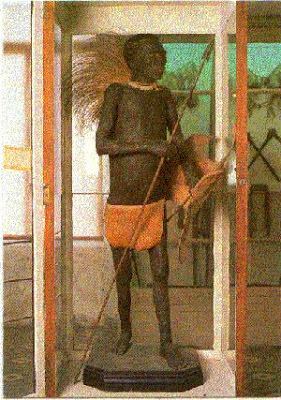 | ||
The "negro of Banyoles" (Catalan: negre de Banyoles) was a controversial piece of taxidermy of a member of the San, which used to be a major attraction in the Darder Museum of Banyoles (Catalonia, Spain). In 2000, the remains of the man were sent to Botswana for burial.
Contents
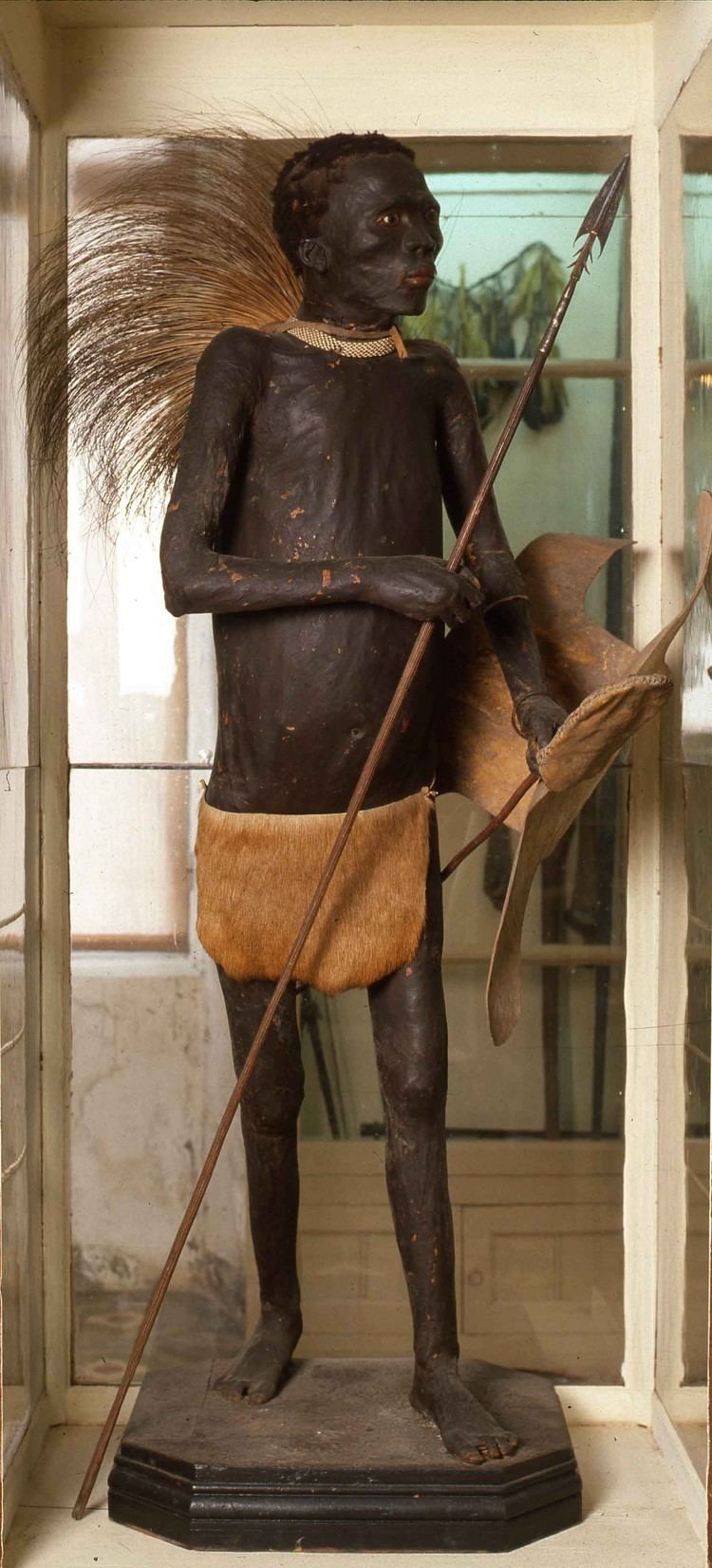
History
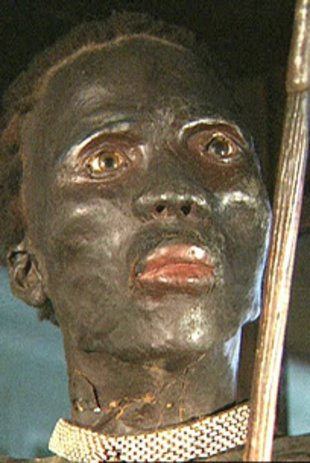
In the early 1830s, the Verreaux brothers stuffed the corpse of a young man, approximately 27 years old, belonging to the negroid race with features typical of the African bushman. In 1916, it was acquired by the Darder Museum of Banyoles. The body remained in the museum without controversy until 29 October 1991. At this date Alphonse Arcelin, a doctor of Haitian origin who lived in Cambrils where he was a PSC councillor, wrote a letter to the mayor of Banyoles, asking him to stop displaying the San's remains. This request attracted the attention of the press, which widely published the story.

The first step towards the return of the "negre" to Botswana was made in 1991, when the then-secretary of UNESCO, Federico Mayor Zaragoza, held the meeting with the mayor of Banyoles. Later, when Kofi Annan became Secretary-General of the United Nations, he expressed interest in the issue and spoke with the mayor of Banyoles.
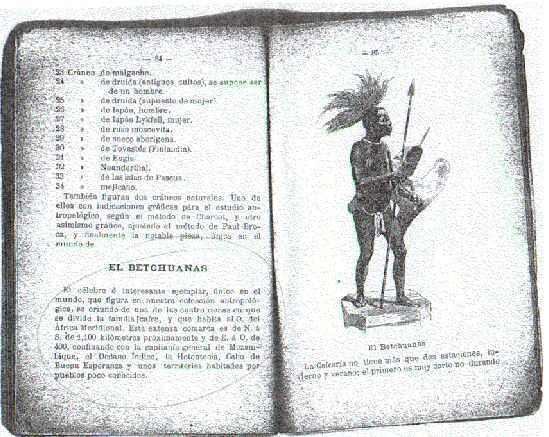
By that time, the "negre" had become so notorious that it was quite usual to hear references made to the displayed San in diplomatic communications. Some African governments showed their support for Arcelín, who had sent several letters to the press and various heads of government. The issue worried many international museum associations because it made them fear that human remains kept in museums might have to be returned to their place of origin.
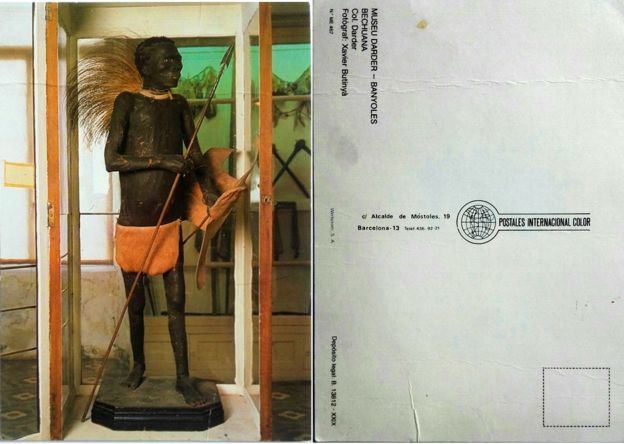
In 1997, the issue was repeatedly discussed by both the UN and the Organisation of African Unity. Later, in March of that year, the body was removed from the Darder Museum. It was described in El Mundo as a relic of colonialism. Many people in Banyoles and the surrounding area were unhappy with the removal because the San was seen as "a member of the community".
Return to Africa
Botswana's government offered to aid the OAU bury the man, once all of his remains were returned to Africa. In 2000, after the loincloth, feathered head-dress and spear he had worn in Banyoles were removed, the body was sent to the National Museum of Anthropology in Madrid where artificial parts including a wooden spine, eyes, hair, genitals were removed. The skull and remaining bones were then sent to Botswana in a coffin and they arrived on 4 October. He was buried on 5 October in the national park of Tsolofelo.
Legacy
The Darder Museum currently avoids any references to the controversy of the "negre of Banyoles". The only record of the San in the museum is a silent video with black and white images on a small plasma screen. The video allows people to see the San as he was displayed until his removal.
Several books have dealt with the "el negre" controversy, most notably El Negro en ik (El Negro and me) by Frank Westerman, which shows that naturalist Georges Cuvier knew about the man.
